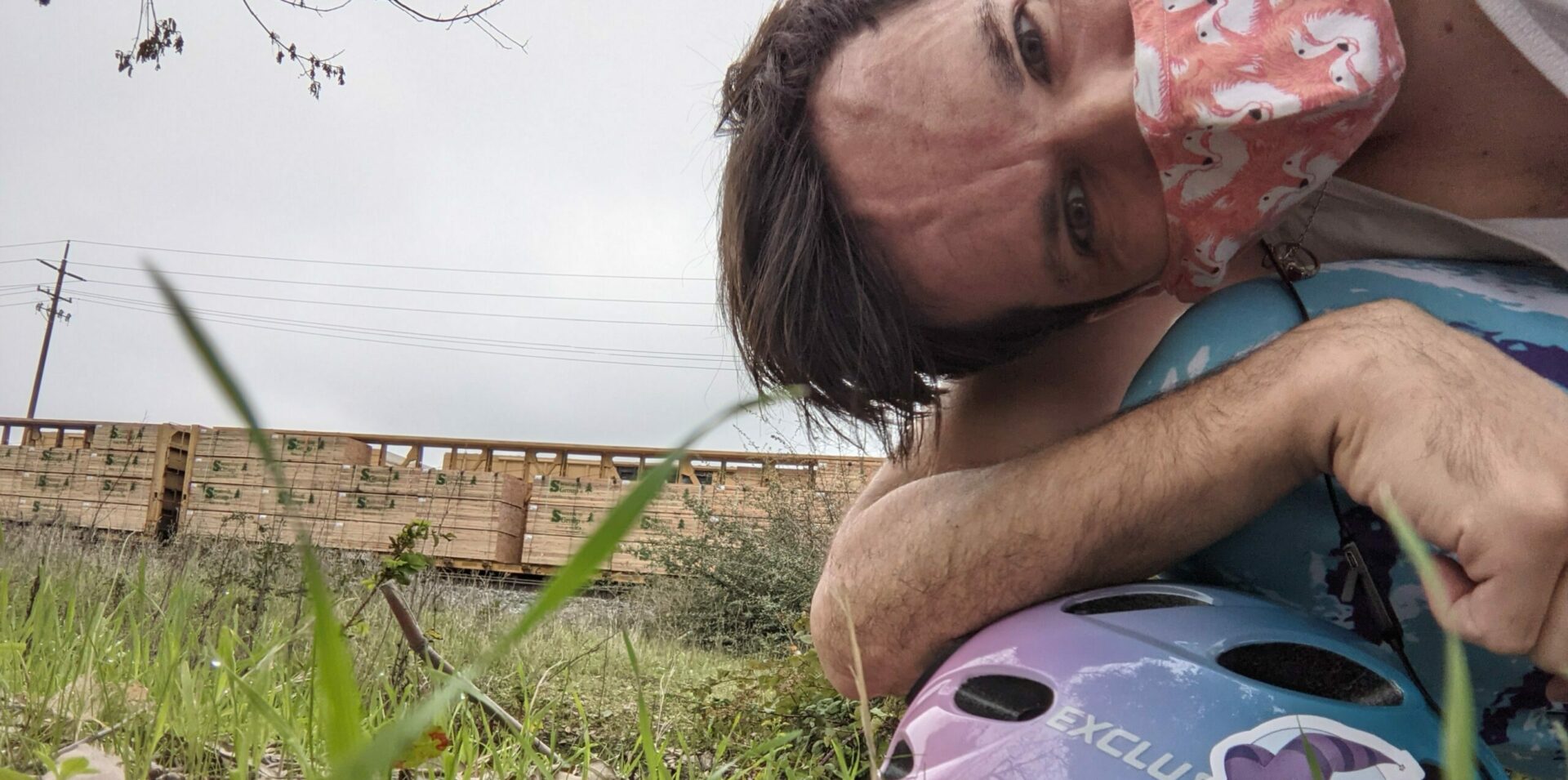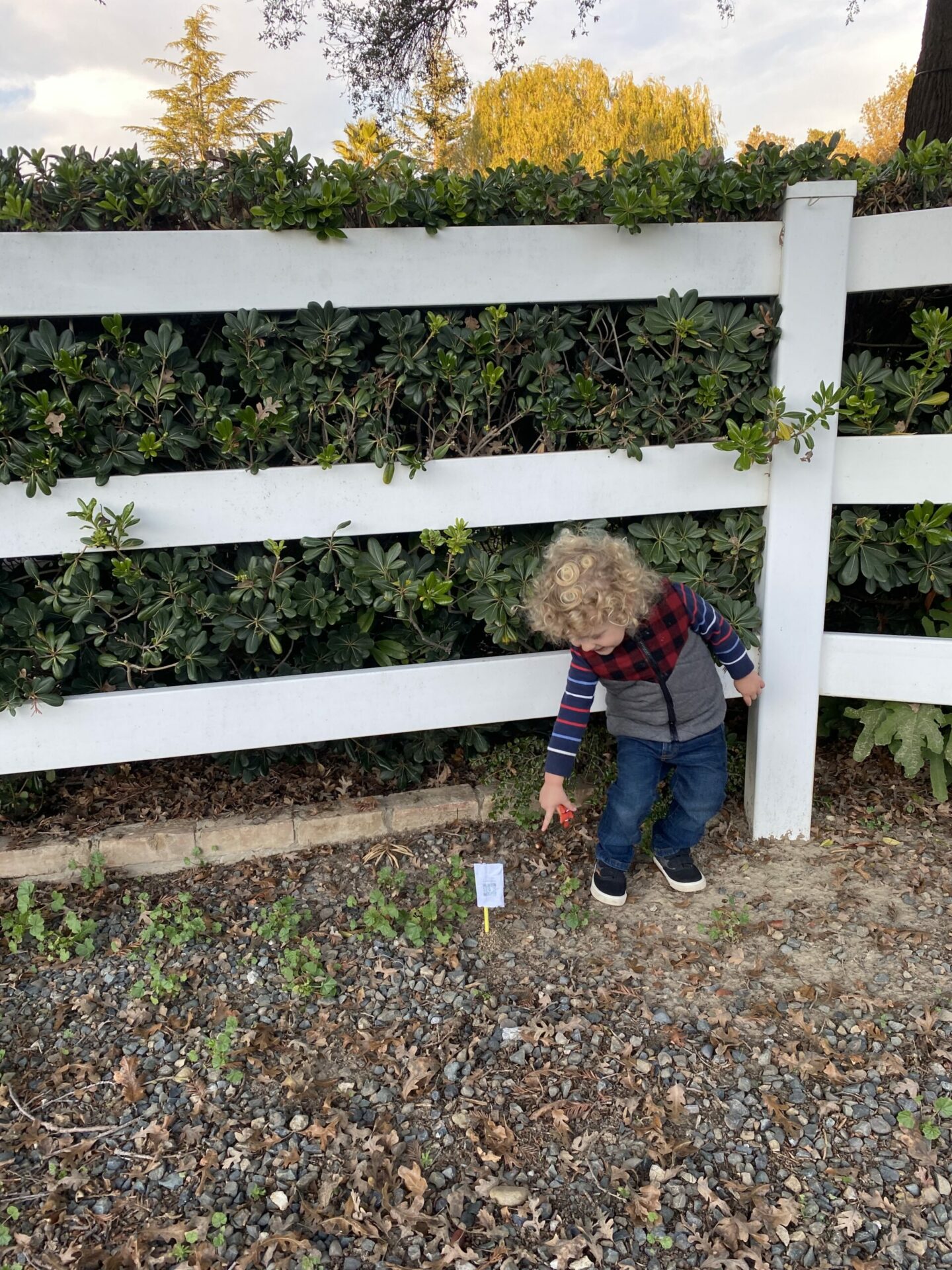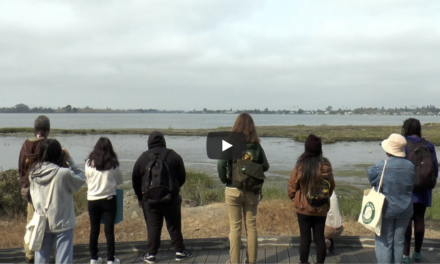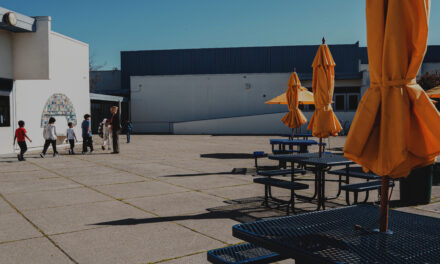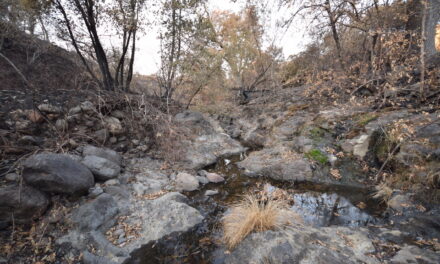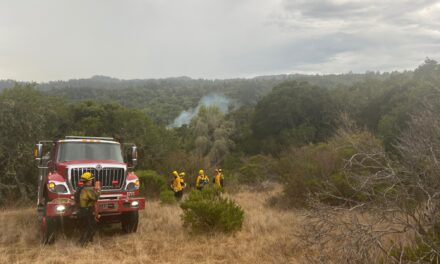Seeding Citizen Scientists
In the fall of 2021, ecologist and landscaper Billy Krimmel decided to sow 65 pounds of native seeds all around Davis, and to do everything wrong.
Everything wrong, at least, by the standards of the professional landscapers Krimmel’s native landscaping company competes with. The seed disbursers were anybody and everybody in the West Sacramento area who stumbled across the project at various breweries or pop-up events and felt inspired to take home a seed packet in the name of citizen science. Instead of nurturing soil and dutiful waterings, the thousands of would-be gardeners who joined the Seed Pile Project (run via Krimmel’s nonprofit, Miridae Living Labs) were instructed to dump the seeds anywhere and ignore them.
And they meant anywhere: sidewalks, blacktops, gravelly back alleys, sandy ditches, even flung off rooftops. “I’m talking about roads, places covered with herbicides, pollution, trash,” Krimmel said. “The core of this research question is how do we look at an environment that is conventionally viewed as bad for native species and align those characteristics with life history traits of a native species that we want to thrive?”
Miridae Living Labs picked ten native species specific to the Davis area ecotype that they hoped people without any knowledge of botany could recognize. Everyone who carried home a seed packet was asked to post a photo of exactly where they dumped them, and to revisit the site once a month through the summertime.
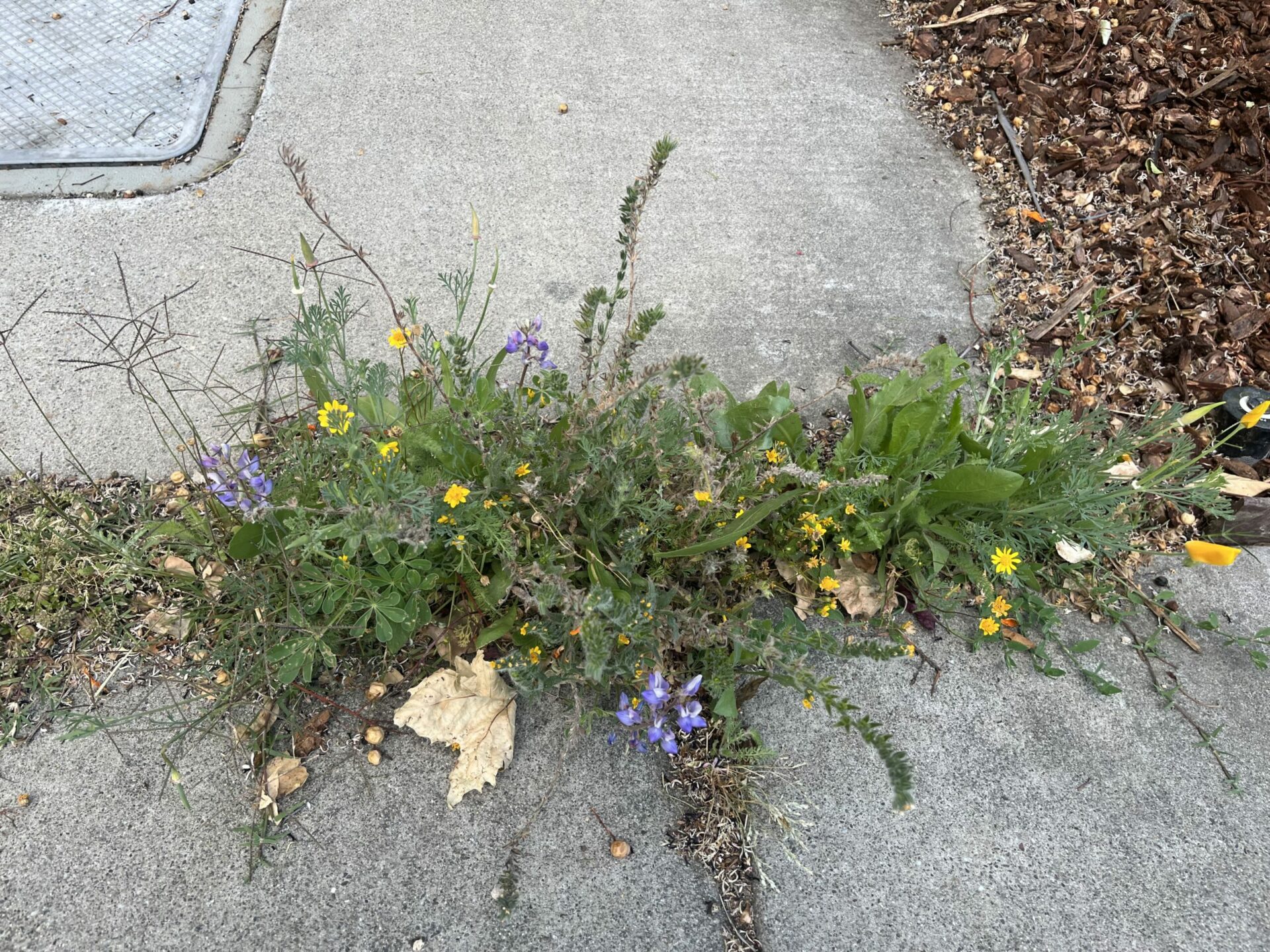
As of July 2022, several hundred people of the almost 2,000 who scattered seeds last fall continue to fill out the monthly form documenting any signs of native gumweed, California poppies, woolly sunflowers, or half a dozen other species they sowed growing around their respective patches of dirt, gravel, and asphalt. At least ten are educators who monitor the seeds with their students. When the project begins again with fresh packets of seeds this fall, the project will emphasize recruiting the region’s cycling community to scatter native seeds near transit medians and bike lanes.
“[It’s a fun way to get people] rethinking their role and what these human-made corridors for us to move around could be for a plant species to move around,” Krimmel said. He noted that although native species growing in tough places was good for pollinators, and exciting for ecological enthusiasts like himself, the benefits of “urban greening” for the broader community with the project scaling up could also include aesthetics, air quality, and an improved sense of place.
Other Recent Posts
Being Bike-Friendly is Gateway to Climate Advocacy
Four Bay Area cyclists push for better city infrastructure.
Can Colgan Creek Do It All? Santa Rosa Reimagines Flood Control
A restoration project blends old-school flood control with modern green infrastructure. Is this how California can manage runoff from future megastorms?
San Francisco Youth Explore Flood Risk on Home Turf
At the Shoreline Leadership Academy, high school students learn about sea level rise through hands-on tours and community projects.
Federal Funding Flip-Flops Stop Work on California Forest Safety and Working Lands Projects
Federal funding cuts halt wildfire protection and farm aid across Sonoma and California’s Resource Conservation Districts.
Bumpy Road Ahead for Fast-Tracking Program?
The multi-agency BRRIT has streamlined wetland permitting, but ongoing federal cuts could slow its progress.
Too Bad Golden Gate Ferry Sticking With Diesel
Despite its pro-environment history, the Golden Gate District is resisting ferry electrification, frustrating advocates for a zero-emission fleet.
A Ramble Around Pacheco Marsh
We tour Pacheco Marsh, a once-rough patch of Bay shoreline that is now a green refuge for walkers, birds, and even paddleboarders.
ReaderBoard
Once a month we share reader announcements: jobs, events, reports, and more.
Slow Progress on Shade For California’s Hottest Desert Towns
Coachella Valley communities face record temperatures with little shade. Policy changes lag as local groups push for heat equity.
In Uncertain Times, the Port of Oakland Goes Electric
A $322M grant powers Oakland’s port electrification — cleaning air, cutting emissions, and investing in community justice.
A young citizen scientist indicates where the native seed mix was scattered.
At its core, the Seed Pile Project may be so successful at engaging everyday participants because the question it asks is radically different: it asks “what can’t help but grow” rather than “what can we help grow.” It’s not an easy mindset shift for many. At a conference where Miridae Living Labs co-founder Caroline Larsen laid out the project in spring of 2022, the first audience question was how they protected seeds and young plants from predators. The FAQ section of the project website is full of soothing reminders to participants anxious over how to handle leafblown debris smothering their seedlings (the answer: do nothing).
Writing up this story, I surely read far too much into the simple scattering of yarrow and lupines, but couldn’t resist seeing a certain poetry in the whole endeavor. Environmental problem solvers often use the well-worn metaphor of low hanging fruits, but experimenting with these resilient plants seemed more like seeking fruits that fall into our laps. To find lasting solutions, communities can and must tap into efforts that cannot resist growing, even in the face of adversity.






